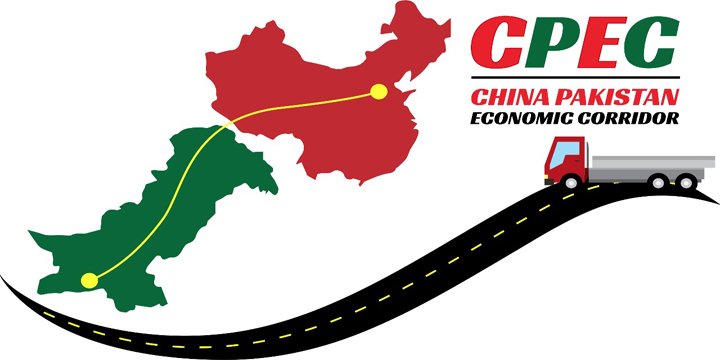China Pakistan Economic Corridor (CPEC)
Context:
- Seeking funds to the tune of $65 billion via infrastructure investment, Pakistan’s caretaker Prime Minister on October 20, completed a fiveday trip to Beijing.
- He was also attempting to allay China’s demands regarding the China Pakistan Economic Corridor (CPEC), the infrastructure project spearheaded by Beijing from 2015 that had reached an impasse due to disagreements over the Gwadar port in Balochistan.
What is the CPEC?
- The CPEC which is one of the One Belt, One Road’s (OBOR) largest investments was formally launched in 2015 during Chinese President Xi Jinping’s twoday state visit to Pakistan.
- Signing over 50 projects worth $45 billion, China set up the ‘Silk Road Fund’ to invest in CPEC projects planned till 2030.
- The main project was to establish a corridor connecting Pakistan’s Gwadar port in Balochistan to China’s Kashgar in the southwestern Xinjiang region.
- The Silk Road Fund, which manages the investment, is being financed by a consortium of Chinese banks.
- The projects themselves are undertaken by various Chinese firms in collaboration with Pakistani companies.
- Apart from this corridor, a number of power projects and several special economic zones are to be developed under the CPEC.
When did trouble start?
- The CPEC had teething troubles in 2016 as several projects ground to a halt over confusion on funding, contractor selection, delay in bidding process, differences over tax exemption, and obtaining of noobjection certificates.
- For example, the Gwadar port faced multiple issues, starting with water supply.
- The 11.2 billion rupees project to supply, treat and distribute water to the port by connecting the Swad and Shadikaur dams was delayed as the port authorities were unclear if the project’s funding was via a grant, an interestfree loan or a commercial loan from China.
- Other projects like the 600 MW Gwadar coalfired power plant and the Gwadar Smart Port City Master Plan too ran into issues over uncertainty about funding.
- These projects are financed by commercial Chinese loans and are insured by the China Export and Credit Insurance Corporation (Sinosure) against nonpayment, guaranteed by the Pakistan government.
How have locals reacted to the project?
- The biggest thorn in CPEC’s side is the intense protest by locals in Balochistan against the Gwadar port city project.
- Fearing loss of local livelihoods such as fishing, and resisting the use of unskilled Chinese labour instead of Pakistani locals, Baloch residents have refused to sell land to the Chinese for building the port.
- Moreover, the Gwadar port has been leased to the China Overseas Ports Holding Company which means that Beijing reaps 91% of the profits while Islamabad gains only 9%.
- This has led to a rise in antiChina sentiments among Baloch locals. Complicating issues further, the Pakistani government has resorted to grabbing lands from locals, forcing them to resettle elsewhere.
- This has led to a rise in insurgency in Balochistan. These militant groups have carried out several attacks on Pakistani Army officials providing protection to Chinese workers.
What is the rift between China and Pakistan?
- China stopped funding three road projects the 210km Dera Ismail KhanZhob Road worth 81 billion rupees, the 110km KhuzdarBasima Road worth 19.7 billion rupees, and the 136km Karakoram Highway worth 8.5 billion rupees — over suspicions of corruption.
- China also complicated the Gwadar port issue by insisting on Yuan as a legal tender in the region.
- In 2022, China refused to further expand cooperation with Pakistan in the areas of energy, water management, and climate change under CPEC.
Syllabus: Prelims + Mains; GS II – International relations



